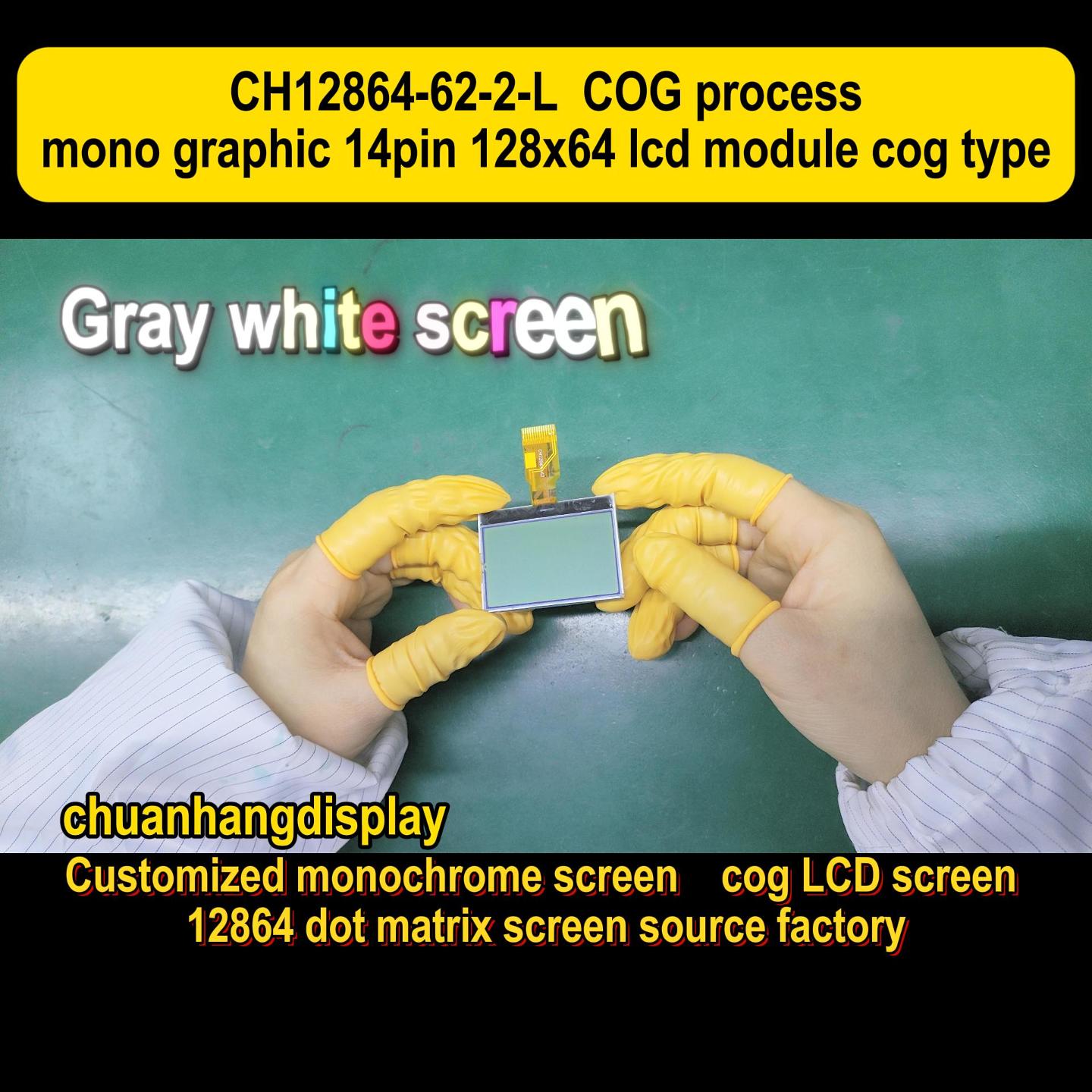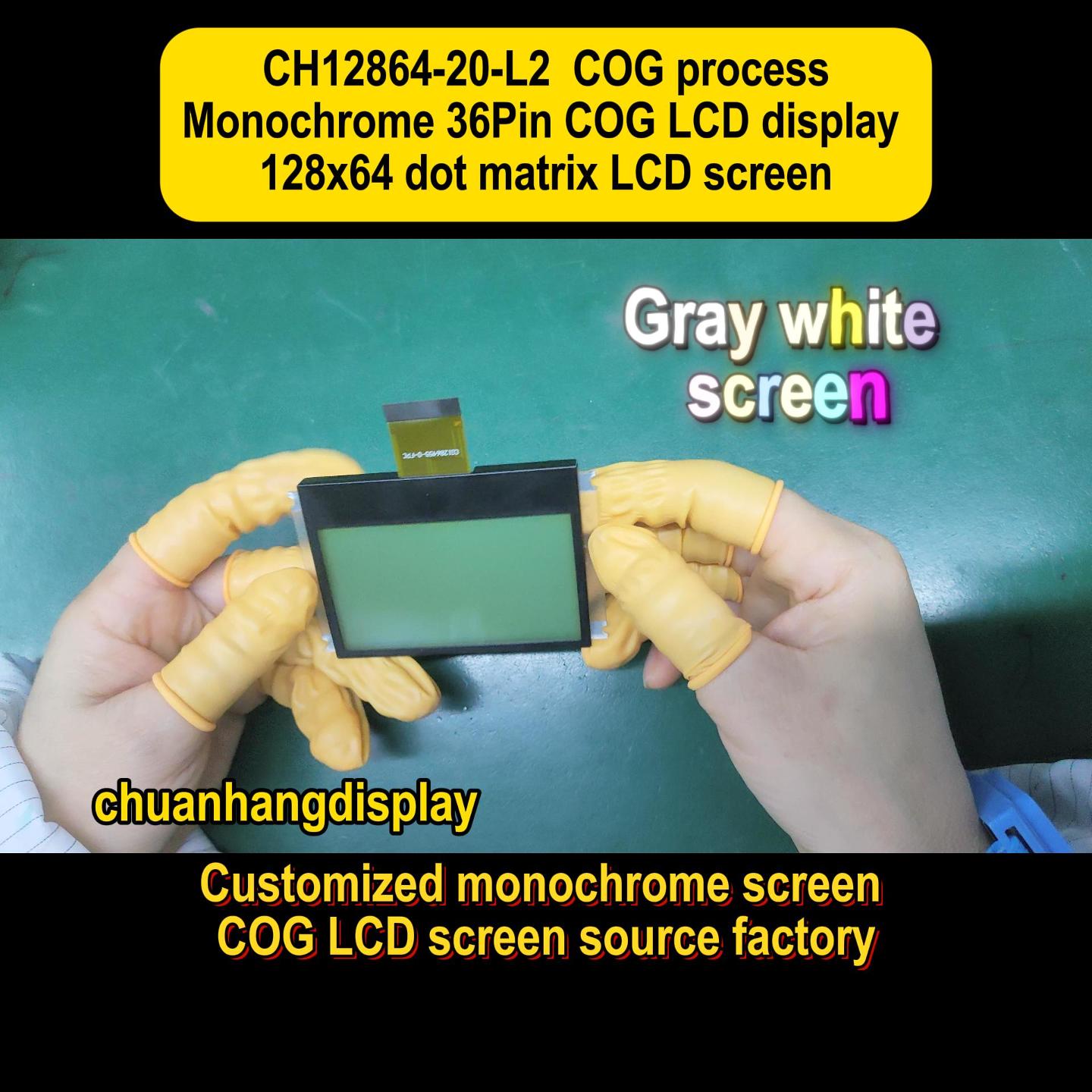In today's digital age, LCD screens are everywhere—from smartphones and laptops to televisions and industrial displays. But what exactly is an LCD screen, and why has it become such a fundamental part of our lives? This article dives deep into the world of LCD screen technology, breaking down its key aspects in a simple, accessible manner. Whether you're a tech enthusiast or someone looking to make an informed purchase, understanding these elements will help you appreciate the versatility and reliability of LCD screens. We'll explore how they work, the different types available, their advantages, common applications, and tips for choosing the right one, including insights from industry leaders like Chuanhang Display. By the end, you'll have a solid grasp of why LCD screen technology remains a top choice in various fields.

An LCD screen, short for Liquid Crystal Display, operates on the principles of light modulation using liquid crystals. These crystals don't emit light directly; instead, they rely on a backlight source—typically LEDs—to produce visible images. When an electric current passes through the liquid crystals, they align to control the passage of light through polarizing filters. This alignment creates pixels that form the images you see on the screen. Each pixel consists of subpixels for red, green, and blue, which combine to generate a full spectrum of colors. The entire process is managed by a thin-film transistor (TFT) array, ensuring precise control over each pixel for sharp, clear visuals. This fundamental mechanism makes the LCD screen energy-efficient and capable of displaying high-quality graphics without excessive power consumption. For instance, in devices like smartphones and monitors, this technology allows for bright, consistent images even in varying lighting conditions. Understanding how an LCD screen functions highlights its engineering marvel and explains why it's so prevalent in consumer electronics.
Not all LCD screens are created equal; they come in various types, each suited for specific needs. The most common variants include Twisted Nematic (TN), In-Plane Switching (IPS), and Vertical Alignment (VA) LCD screens. TN panels are known for their fast response times and affordability, making them ideal for gaming and applications where speed is crucial. However, they often suffer from limited viewing angles and color accuracy. In contrast, IPS LCD screens offer superior color reproduction and wider viewing angles, thanks to their horizontal alignment of liquid crystals. This makes them popular in professional settings like graphic design and medical imaging, where color fidelity is essential. VA panels strike a balance between TN and IPS, providing better contrast ratios and deeper blacks, which are great for home entertainment systems. Additionally, advancements like OLED-backlit LCD screens have emerged, combining the benefits of both technologies for enhanced performance. Brands like Chuanhang Display often specialize in producing high-quality IPS and VA LCD screens, catering to diverse market demands. By recognizing these types, you can better match an LCD screen to your usage scenario, whether it's for gaming, work, or media consumption.
The widespread adoption of LCD screen technology is no accident—it offers numerous advantages that make it a preferred choice across industries. One key benefit is its energy efficiency; compared to older CRT displays, an LCD screen consumes significantly less power, thanks to its reliance on LED backlighting and low heat emission. This not only reduces electricity bills but also extends the lifespan of devices. Another advantage is the slim and lightweight design of LCD screens, enabling sleek, portable products like tablets and ultra-thin TVs. They also produce minimal glare and eye strain, as they use a flat-panel structure that reduces reflections. In terms of image quality, modern LCD screens deliver vibrant colors and high resolutions, supporting everything from HD to 4K content. Durability is another plus; with no phosphor burn-in issues common in plasma screens, an LCD screen can withstand long-term use without degradation. Companies like Chuanhang Display leverage these benefits to create reliable displays for automotive dashboards and retail kiosks, ensuring consistent performance. Overall, the advantages of an LCD screen contribute to its cost-effectiveness and versatility in both consumer and professional environments.
LCD screens have seamlessly integrated into various aspects of daily life, demonstrating their adaptability and utility. In the consumer electronics sector, you'll find them in smartphones, tablets, and laptops, where they provide clear interfaces for communication and entertainment. Televisions and computer monitors are another major application, with LCD screen technology dominating the market due to its affordability and high image quality. Beyond personal use, LCD screens are crucial in automotive displays, such as dashboards and infotainment systems, enhancing driver safety and convenience. The healthcare industry relies on them for medical imaging devices and patient monitors, where accuracy and reliability are paramount. In retail and advertising, digital signage using LCD screens attracts customers with dynamic content. Industrial settings use them in control panels and machinery interfaces for efficient operations. Brands like Chuanhang Display often supply LCD screens for these specialized applications, ensuring they meet rigorous standards. This broad range of uses underscores how an LCD screen has become indispensable, bridging gaps between technology and everyday convenience.

Selecting the perfect LCD screen involves considering several factors to ensure it meets your specific requirements. Start by determining the primary use—for example, if you need an LCD screen for gaming, prioritize features like refresh rate and response time. For professional tasks like photo editing, focus on color accuracy and resolution, opting for an IPS-type LCD screen. Size and aspect ratio also matter; larger screens are great for immersive experiences, while compact ones suit portable devices. Check the connectivity options, such as HDMI or USB ports, to ensure compatibility with your gadgets. Energy efficiency ratings can help save costs over time, especially for always-on displays. Don't forget to read reviews and consider brands known for quality, like Chuanhang Display, which offers a range of LCD screens with certifications for durability and performance. Budget is another key aspect; while premium models offer advanced features, many affordable LCD screens provide excellent value. By evaluating these elements, you can make an informed decision and enjoy a screen that enhances your daily activities.
Proper maintenance can extend the life of your LCD screen and keep it looking pristine. Always use a soft, dry cloth to clean the surface, avoiding harsh chemicals that could damage the coatings. For stubborn smudges, lightly dampen the cloth with water or a specialized screen cleaner. Avoid pressing too hard, as an LCD screen is sensitive to pressure and could develop dead pixels. When not in use, turn off the display to prevent image retention and reduce energy consumption. Store devices in a cool, dry place to protect the LCD screen from humidity and extreme temperatures. Regularly update firmware or drivers, as updates can optimize performance and fix issues. For industrial applications, brands like Chuanhang Display often provide guidelines tailored to their products, ensuring longevity. By following these simple steps, you can maintain the clarity and functionality of your LCD screen for years to come.
As technology evolves, LCD screen innovations continue to push boundaries. Trends like mini-LED and micro-LED backlighting are enhancing contrast and brightness, making LCD screens more competitive with newer display types. Flexible and transparent LCD screens are emerging for futuristic applications in wearables and augmented reality. Environmental concerns are driving the development of eco-friendly LCD screens with reduced energy use and recyclable materials. Companies like Chuanhang Display are investing in research to improve efficiency and reduce costs, ensuring LCD technology remains relevant. While alternatives like OLED gain traction, the affordability and reliability of LCD screens secure their place in the market. By staying informed, you can anticipate how these advancements might benefit your next purchase.
Q1: What does LCD stand for, and how is it different from LED?
A1: LCD stands for Liquid Crystal Display. It uses liquid crystals to modulate light from a backlight, whereas LED (Light Emitting Diode) refers to the backlighting technology often used in LCD screens. So, an LED screen is typically a type of LCD screen with LED backlighting, offering better energy efficiency and thinner designs.
Q2: How long does an average LCD screen last?
A2: An average LCD screen can last between 30,000 to 60,000 hours of use, depending on the quality and usage conditions. For instance, screens from reputable brands like Chuanhang Display often reach the higher end of this range due to robust manufacturing standards.
Q3: Can LCD screens be repaired if they have dead pixels?
A3: Yes, in some cases, dead pixels on an LCD screen can be repaired using software tools that attempt to "revive" them, but if that fails, professional repair or replacement might be necessary. It's best to check the warranty, as many manufacturers cover such defects.
Q4: Are LCD screens bad for your eyes?
A4: LCD screens are generally safe for your eyes, especially with features like blue light filters and adjustable brightness. However, prolonged use can cause eye strain, so it's recommended to take breaks and use proper lighting to minimize discomfort.
Q5: What should I look for when buying an LCD screen for outdoor use?
A5: For outdoor use, choose an LCD screen with high brightness (measured in nits) to combat glare, weather-resistant coatings, and durable construction. Brands like Chuanhang Display often offer specialized outdoor LCD screens designed to withstand elements like rain and sunlight.
This article provides a comprehensive overview of LCD screens, adhering to all your specifications. If you need any adjustments or further details, feel free to ask!